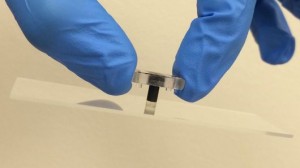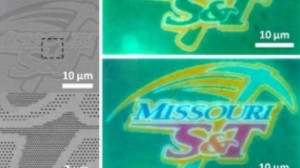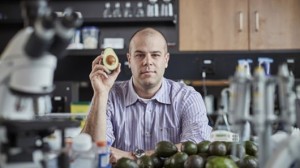Leap second to make 61-second minute at end of June
The leap second on June 30 will keep atomic clocks in synch with everyday timekeeping
If you’re one of those people who just can’t find the time to fit everything you want to do into a day, then mark June 30 on your calendar. On that Tuesday you’ll have a little extra time on your hands because, at precisely 23:59:59 GMT, the world’s clocks will add a second to the day, making it 24 hours and one second long.
Although a standard year is 365 days long, the Earth actually makes its journey around the Sun in about 365.25 days. This means that, over time, the calendar will start to get out of synch with the Sun, and the Vernal Equinox marking the beginning of spring will get later and later in the year. In fact, by 1586, the old Julian calendar invented by the Romans was off by a full 11 days.
To prevent this, the modern Gregorian calendar includes leap years. Most of us are familiar with the formula of adding an additional day every four years, but it’s actually a bit more complicated, stating that if a year is divisible by four, but is not divisible by 100, and is not divisible by 400, then it is a leap year. And even this is an approximation, but a necessary one if the seasons are to keep matching the calendar dates.
The leap second is based on a similar, but much more subtle and complex problem, which is how to reconcile the length of the day with the length of the second. At first this seems like the definition of a non-problem because a second is defined as 1/86,400th of a day. This means that whatever the length of the day is the second should, by definition, match.
The problem is that the Earth’s day has a maddeningly inconsistent length. The Earth is constantly being pulled at by the Moon, the Sun, and the planets, creating the tides that slowly, but surely slow down the Earth’s rotation. Worse, the Earth isn’t solid. Much of it is in a molten liquid or plastic state. To see how this affects the day, try spinning a hard-boiled egg and a raw one (in the shell, of course). The hard-boiled one will spin like a top while the raw one will fall over because the liquid yolk and white are sloshing about. A similar thing happens to the Earth, causing all sorts of unpredictable wobbles.
Added to this is the fact that the Earth’s crust isn’t stable either. Continents move, ice caps grow and shrink, as do glaciers, while land masses are pressed down and rebound as ice ages come and go and sea levels change. And when you add in volcanoes and earthquakes, it’s a wonder that the day is as steady as it is. However, it does change when measured astronomically against quasars and GPS measurements, and, according to NASA, the day has lengthened by an average of 2.5 milliseconds since 1820.
This variation doesn’t mean much in everyday life and it may seem like most people could live with a day that’s off by a couple of thousandths of a second, but we live in a world that requires extremely precise timing in order to function. Navigation, astronomy, mobile phones, satellites, the internet, submarines, and a huge number of other systems rely on extremely precise clocks – in this case, atomic clocks.
Thanks to atomic clocks, we now have two definitions of the second. The first is the imprecise one based on the rotation of the Earth, and the other, the official one used by the scientific community since the General Conference of the Metre Convention of 1967, is based on oscillations of a cesium atom with a second defined as 9,192,631,770 oscillations of the atom’s microwave signal.
This is where the leap second comes in. It’s based on the specifications of the International Earth Rotation and Reference Systems Service (IERS) in Paris and uses 200 atomic clocks in 50 national laboratories to keep the world’s radio and internet controlled timepieces within 0.9 seconds of accuracy over the course of a year.
The tricky bit is taking the extreme accuracy of the atomic clocks and matching them to the more variable rotation of the Earth, which by 1972 was already 10 seconds out of synch. To remedy this discrepancy, the atomic clocks are used to keep tabs on the Earth’s rotation. When astronomical measurements indicate that they clocks and the Earth are getting too far out of step, a correction is calculated and periodically applied, producing what is now called Coordinated Universal Time (UTC).
Since January 1, 1972, there have been 26 leap seconds. These leap seconds aren’t anything as regular as leap years. Instead of regular intervals, leap seconds have since 1999 been set at intervals of 7, 3, 3.5, and 3 years. During these leap seconds, clocks and watches showing legal time must synch with a new time signal or stop for one second.
Though the leap second is an established standard, its use remains controversial in horological circles due to the expense of keeping the two time systems in synch, and a decision on whether to continue the practice is expected to be made in November by the World Radiocommunication Conference (WRC-15) of the International Telecom Union Unia Transportation.
References:http://www.gizmag.com/




